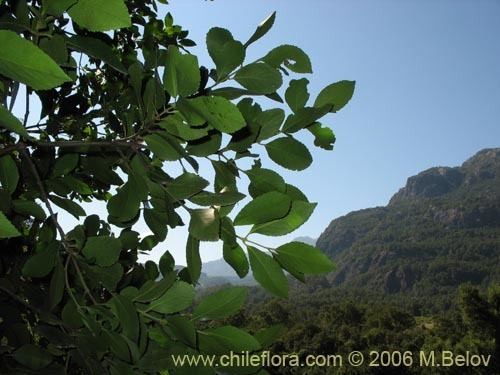Higher classification Atherospermataceae | Scientific name Laureliopsis Rank Genus | |
 | ||
Species Laureliopsis philippiana Similar Laurelia sempervirens, Laurelia, Weinmannia trichosperma, Aextoxicon, Amomyrtus luma | ||
Laureliopsis is a genus of flowering plants with just one species, L. philippiana, known as Tepa, endemic to Chile and Argentina (35 to 45°S). In Chile it is found from Maule to Aysen. It grows on humid and deep soils.
Contents

Description

Laureliopsis philippiana is an evergreen tree up to 30 m (100 ft) tall and 1.4 m (55 in) in diameter, with thin bark, and aromatic wood, and a superficial resemblance to Bay Laurel. The leaves are aromatic, oblong, attenuate at the base, 4.9 long and 1.5–4 cm wide, glossy, leathery, the midrib with yellow hairs, the edges are heavily toothed in the two upper thirds, every tooth ends in a small point. The flowers are hermaphrodite or unisexual, they are small about 5–6 mm long, reddish-green, arranged in racemes, the peduncles are hairy about 2–3 mm long, flowers with bell-shaped perianth split in 7-9 petals more or less equal, hairy outside, 4 stamens and 8-20 staminodes, several carpels, the style is feathery with terminal stigma. The fruit is an achene almost oval, crowned by the perianth, about 1-1.3 cm long, formed by the perigonium that wraps several carpels, hairy, dark brown, spindle-shaped seeds, about 0.8-1.2 cm long, with the style covered by hairs about 5–6 mm long.
Uses

The wood is used in construction, however it rots when exposed to outdoors moisture. It has been planted in Spain.
Etymology

The name Laureliopsis indicates the superficial similarity of the plant to Laurus. Phillippiana honors Rodolfo Armando Philippi, a German-Chilean naturalist.


